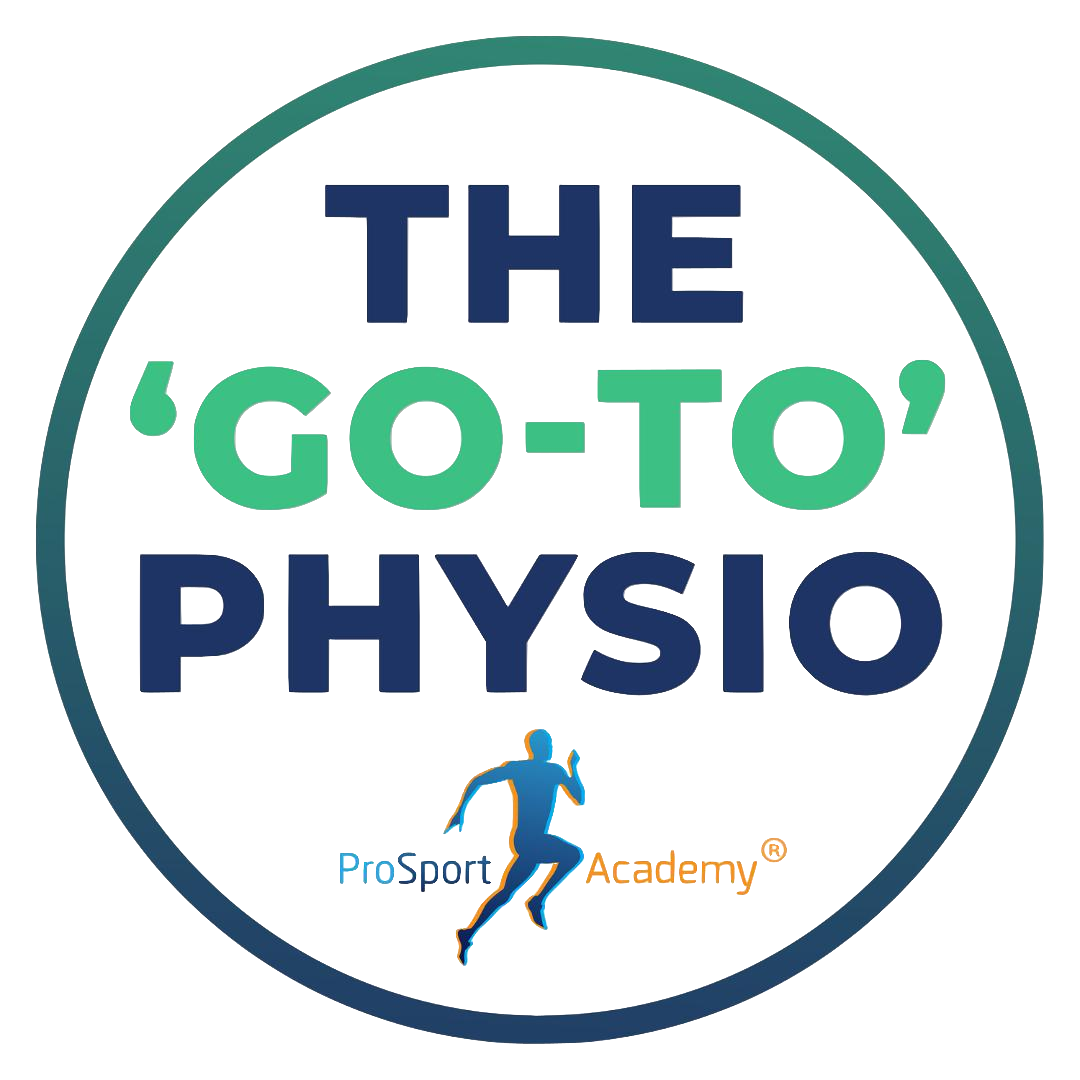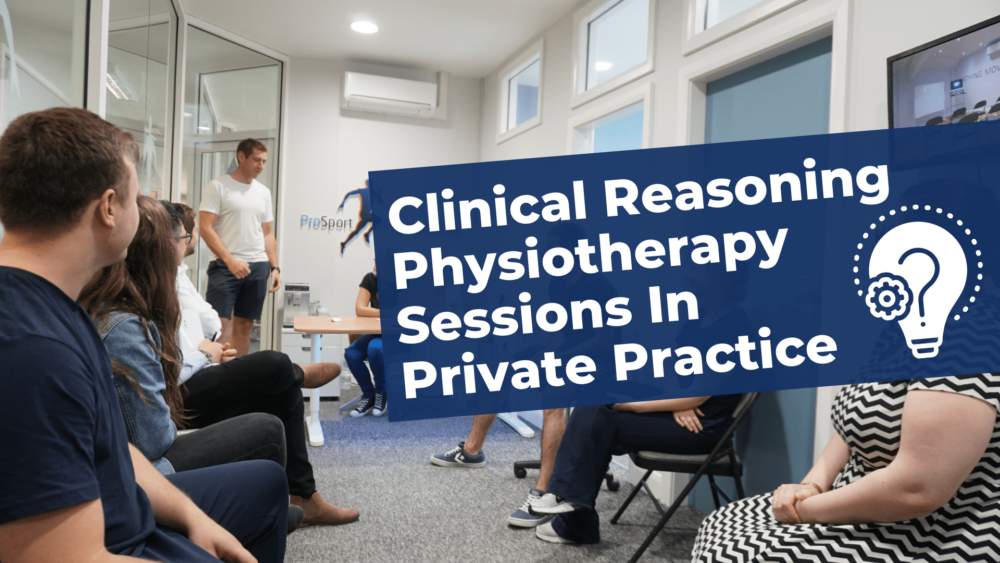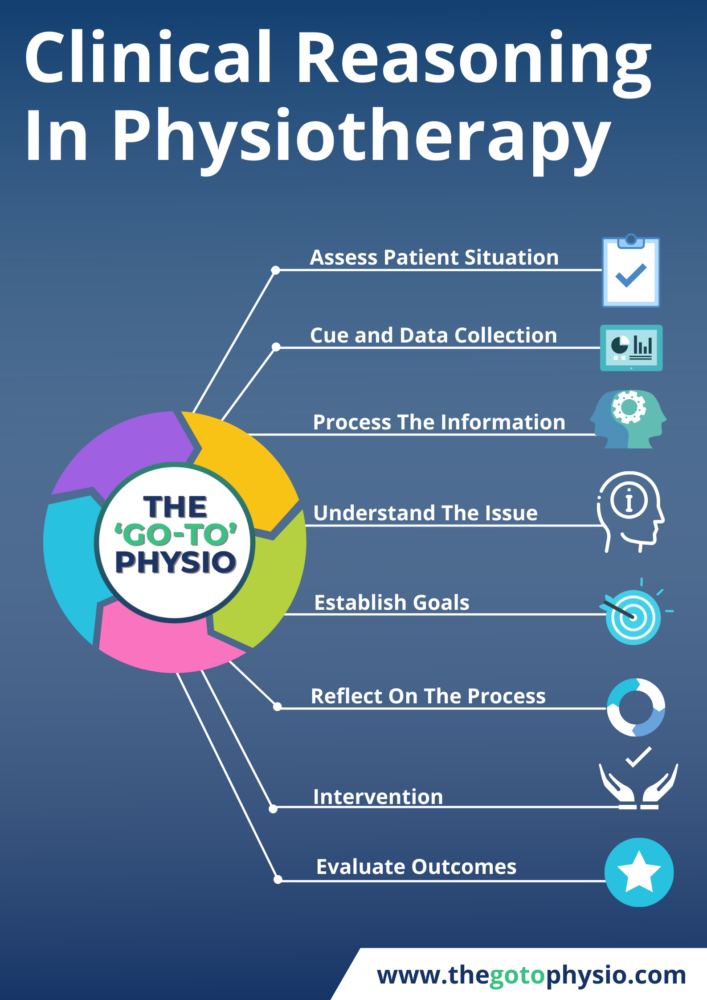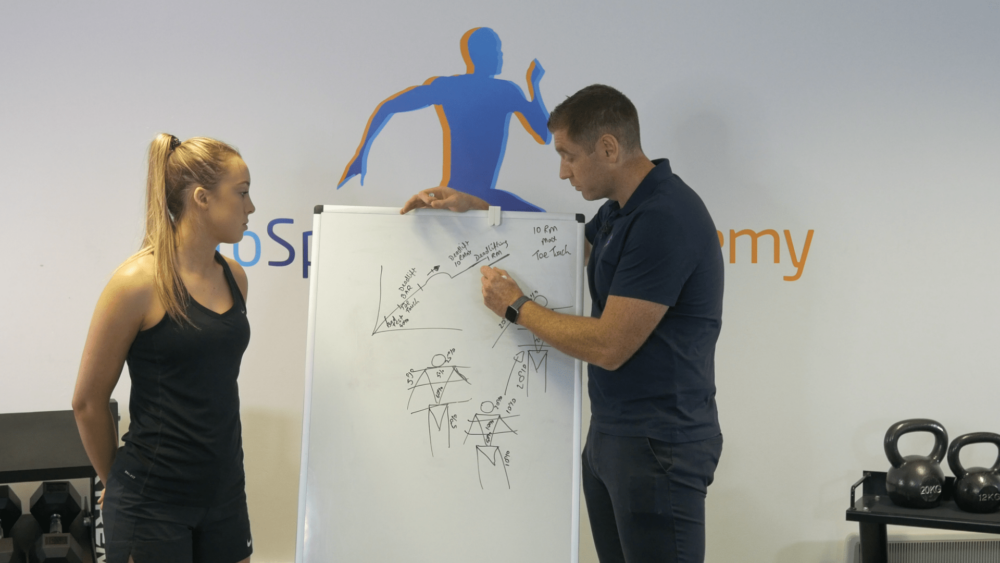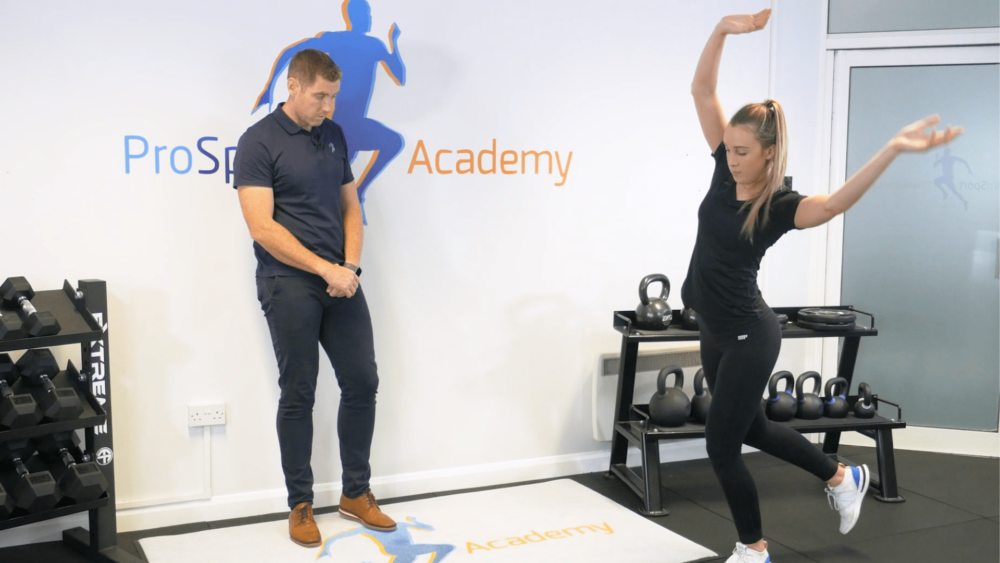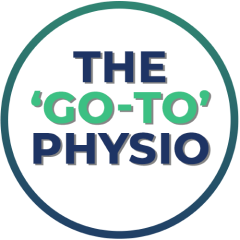It can be confusing making sense of a patient’s symptoms.
So many tests are unreliable that making a confident diagnosis is tough.
The evidence base can be conflicting, therefore, clinical reasoning is the foundation of your decision-making.
In this article, you’ll discover the secrets behind clinical reasoning and how it can help you on the way to becoming a master clinician.
What Is Clinical Reasoning?
Clinical reasoning is one of the main reasoning strategies used by health-care professionals. It is the process by which a doctor, nurse, or physical therapist deals with a patients’ issues.
In short, the clinical reasoning process is a method of problem-solving. It looks like this…
Assess the patient situation
Cue and data collection
Process the information
Understand the issue
Establish goals
Intervention
Evaluate the outcomes
Reflect on the process
On paper, it is that simple… But the process of clinical reasoning isn’t linear… It’s circular…
For example, you have registered the cues, processed the information, and started your intervention…
But the patient isn’t responding to treatment…
You see red flags immediately… So, you go back into the cycle to find out why your intervention isn’t working and what the real issue could be.
Using clinical reasoning, you work from patient information to a diagnosis you know is correct.
A common model of clinical reasoning is hypothetico-deductive reasoning. With hypothetico-deductive reasoning you go through the hypothesis generation process, search for more information using patient assessment and examination, leaving you with the correct diagnosis.
There are two real keys to all models of clinical reasoning…
1: The system – A structured system gives a clear methodical path to diagnosis and treatment.
2: Pattern recognition – Pattern recognition is the ability to see recurring themes and learn from them. It could be a pattern through a particular case, particular patients, or a whole therapy clinic.
What Is Clinical Reasoning In Physiotherapy?
The clinical reasoning process is the cornerstone of any effective physiotherapy practice…
When a patient comes into your clinical practice with shoulder pain, do you treat the shoulder immediately? Or do you begin the search for the true cause of the pain?
We all know the goal is finding the cause of the pain and treating it…. but making sense of symptoms and assessments can be confusing.
This is where clinical reasoning comes into play. Through assessment and examination, you come up with hypotheses and through diagnostic reasoning, you find the answer.
Once you have clarity, the diagnosis can be shared with your patient along with long-term goals and treatment options.
The aim is to get them through physical therapy courses and back to a pain-free life.
What Is The Difference Between Clinical Reasoning And Critical Thinking?
Before we start thinking about clinical reasoning and critical thinking together, it is important to recognise their differences.
There are plenty of articles and resources out there providing explanations for both… but little to no clarification on how they differ.
Some people use the terms critical thinking and clinical reasoning interchangeably. They are similar but this isn’t truly correct.
Critical thinking is a set of values that encourages the user to make an informed judgment to guide them in their belief or action…
Unlike clinical reasoning which is strictly medical, critical thinking is a broad term and can be applied to anything.
What Are The Five Rights Of Clinical Reasoning?
The five ‘rights’ are a structured base for your clinical reasoning…
All healthcare workers are encouraged to use them in their day-to-day work to efficiently intervene in patient problems.
The right cues
Right action
Right patient
Right time
The right reason
To put it simply… You must see the right cues and take the right action, for the right patient, at the right time, for the right reason.
What Are The Five Critical Thinking Skills?
Because the term critical thinking is so broad it’s important to look closer to understand its uses within health management strategies.
These are the five key elements to critical thinking in a clinical setting:
Assessment
Diagnosis
Planning
Implementation
Evaluation
Can you see how, when we narrow it down these principles closely align with that of clinical reasoning?
Clinical Reasoning Skills Are Your Foundation
Clinical reasoning is the foundation for any physio or manual therapists.
This structured system is vital to giving you and your patients clarity. It allows therapists to make evidence-based decisions in the pursuit of a correct diagnosis and the right treatment for patients in pain.
Clinical reasoning skills are the difference between expert and novice physiotherapists.
With more experience, the clinical reasoning of expert therapists will be far more efficient than a novice…
Their pattern recognition, examination, detection of red flags and diagnosis will be far more effective…
But don’t be fooled… both expert and novice physiotherpaists need clinical reasoning…
It is the key to making sense of what you see…
And the key to you becoming a mater clinician.
How To Apply Clinical Reasoning In Private Practice At Your Physiotherapy Clinic
It all starts with having the underlying knowledge of anatomy, physiology, and the evidence base.
Then you need to step back and listen to the person in front of you, striving to understand their story.
From here you will use your clues from their injury history to make sense of the objective assessment.
Once you have completed the objective assessment, it’s time to put your clinical reasoning skills to the test and explain your findings out loud to the patient.
A great litmus test from my experience will be when patients say ‘that makes sense’.
This usually gives me an indication I am explaining my findings well and the patient is able to logically understand my reasoning.
The Fastest Way To Getting On The Clinical Reasoning Physiotherapy Highway
The quickest way of getting on the clinical reasoning highway for novice therapists (and experienced therapists) is to always strive to understand the ‘WHY’ behind everything you are doing.
We teach The ‘Go-To’ Therapist Mentorship in a specific way to help your decision-making processes and problem-solving ability by keeping things simple and explaining in a way to help you understand the ‘WHY’ behind everything you are doing.
Break free from learning off techniques and exercises and strive to develop a sound clinical reasoning process by understanding the ‘WHY’ behind everything you do.
For more information on how to implement clinical reasoning to achieve consistent results, click the link below, book a strategy call and we will share the exact system we use in the Pro Sports Clinic.
